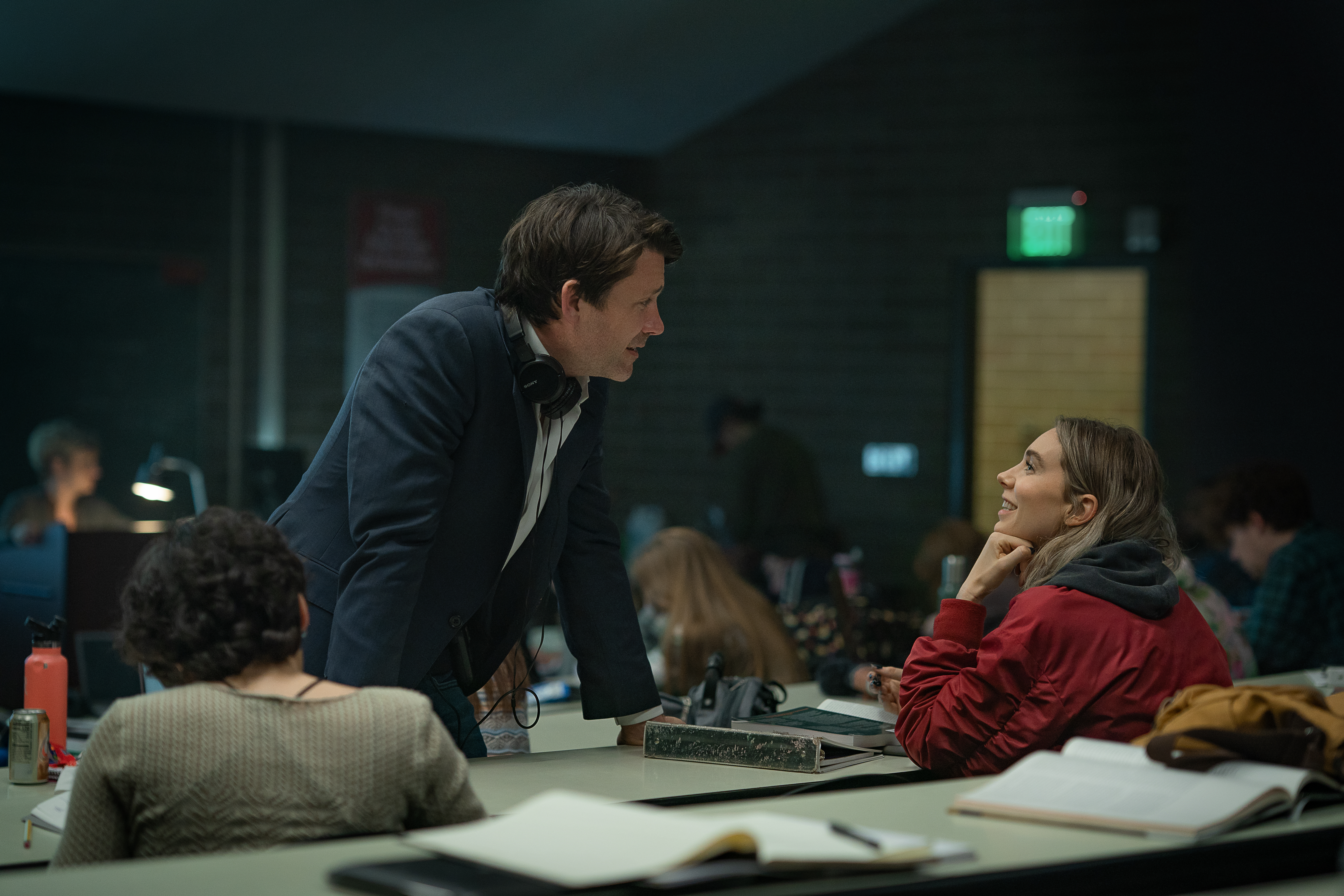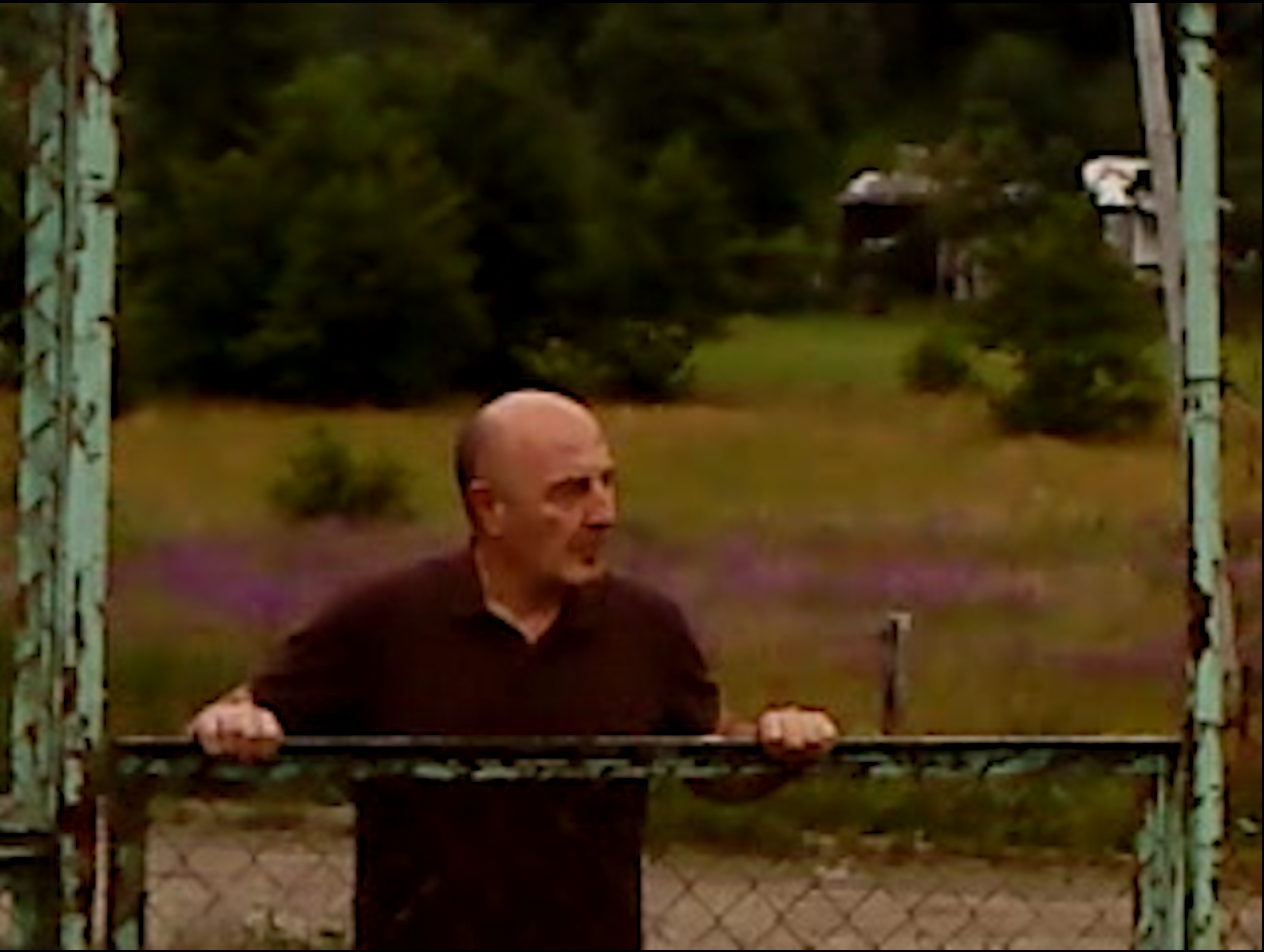There’s a moment about midway through the Netflix film “Night Always Comes,” where the energy shifts. Which is not to say that the story — a hardscrabble part-time student, part-time bakery worker, part-time sex worker in Portland named Lynette (Vanessa Kirby) has one last shot, over the course of a single night, to come up with the money for a down payment that would save her family’s home and finally offer them some security — has been feel-good up to that moment.
But once Lynette has followed work friend Cody (Stephan James) into a sketchy garage workshop containing two (2) meth heads and one (1) band-saw, the possibility of cracking open a stolen safe to reclaim the money Lynette needs vanishes, and the chance of real danger feels much more present than if anyone in the workshop had pointed a gun. In fact, it’s a box-cutter that ends up pointed at Lynette, once everyone else realizes what’s actually in the safe.
“Night Always” excels at making extremely small-scale action sequences feel as impactful and as volatile as much more baroque mixes of bullets, car crashes, or explosions. Instead of big setpieces, the challenge for director Benjamin Caron and his filmmaking team was to find danger in the details.
“I remember talking to Vanessa about this — I didn’t really want to fall into sort of more genre action. Wham-bam, the artifice that is incredibly suspenseful in certain types of movies,” Caron told IndieWire. “That meant staying slightly wider and letting the action happen within the frame without too much emphasizing of the specific action hit points, just trying to allow that slow, creeping dread and fear that one would have if you were in that situation.”

There’s an understood language of action that marries really close-up, sharp inserts, the propulsion of rapid editing, wham-bam sound effects, and visual carnage to create excitement. But “Night Always Comes” is a much more intimate story. But neither the hotel from which Lynette escapes with a safe, nor the one where she steals a john’s (Randall Park) Mercedes, has ever been visited by John Wick. To make the action feel naturalistic, grounded, but still visceral, Caron and his cinematographer Damian Garcia needed to embrace not just a different style, but different styles.
“Damian Garcia and I talked a lot about trying to approach each chapter or sequence or scene with what felt like the right instinctive style of camera work,” Caron said. “I got excited about bringing all of those forms together to create this tapestry of different styles of cinematography, and it was quite scary, because as a director you want to hold control of things and you want it to all feel like it’s the same, whereas this was slightly leaning into the chaos of the film.”
Caron knows the number of possibilities that each scene could hold. Working on his previous feature film “Sharper,” or on a series like “The Crown,” Caron has mined a lot of tension and a lot of visual impact from composing polished frames and moving with stately and/or surgical precision. He’s done no less precise work on a show like “Andor,” but has been able to inject a sense of immediacy, uncertainty, and suspense through moving the camera and getting up to the characters in a decidedly unglamorous way.
In “Night Always Comes,” Caron and Garcia do it all, and that variety gives the viewer an implicit sense of just how unstable Lynette’s world is — how unsettlingly quickly it can be rocked, and vital and terrible the moments are when she needs to think on her feet.

“The sequence with Doreen and Lynette when [Doreen] comes home — that whole sequence we shot in one long single take from beginning to end and I think it works on so many different levels because it allows the actors to just run that scene from beginning to end, you feel the visceral energy of that,” Caron said. “Then there are other moments, like when we get to the workshop, where you could have gone handheld maybe, but I wanted to sit back and feel the space. We talked at length about the style and the movement and the lenses we would bring to create the best scene.”
The visual variety is also designed to carry us through the movements of the long, long Portland night, and keep them feeling fresh even as we move in close to real time. “I’ve always been drawn to films that take place over one day or one night. I love the fact that it feels like they’re happening in real time, like you’re there, like you’re living with these characters. There’s an intensity to that,” Caron said.
Limitations of time, reality, and place forced Caron and his team to make non-typical, more creative decisions about how to shoot, block, and pace action, and also how to direct the viewer’s attention. Every shot had to fit, every threat had to be properly telegraphed, and every blow had to land with the same impact as action that’s more heightened.
“It was almost [about] just trying to let go a little bit and sit back and allow the naturalism of what would genuinely happen in that scenario. That was the guiding principle for most of these scenes,” Caron said. “It doesn’t follow your traditional Hollywood template as a movie.”
“Night Always Comes” is now streaming on Netflix.



